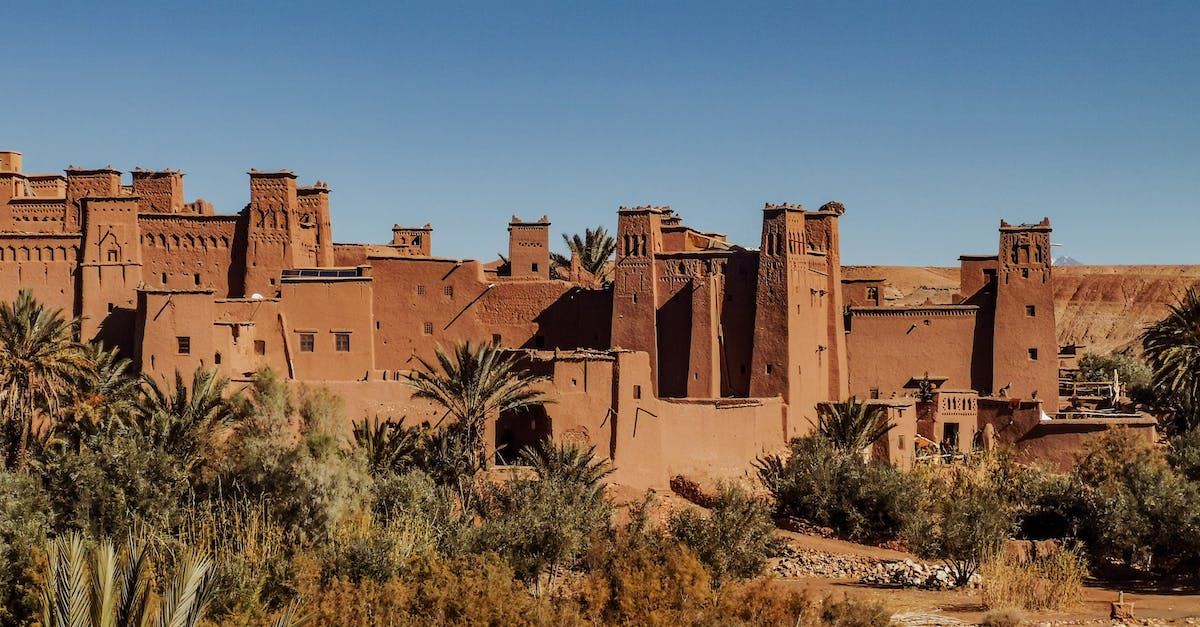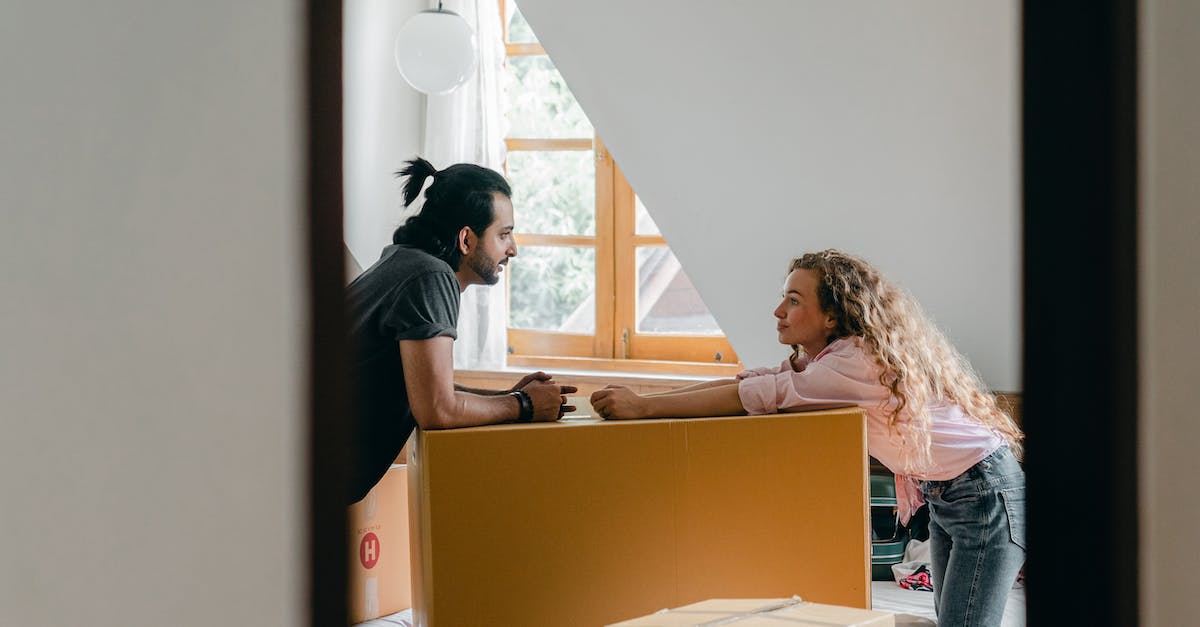The challenges of restoring Beirut’s historic buildings

The effort to save Beirut’s culture heritage nearly two years after an explosion in the port was initiated in the beginning with reports of the cause of the fire at a warehouse that sold fireworks. But, the facility is located just minutes away from Beirut’s shopping and nightlife districts. The maintenance was completed on the doors of the warehouse hours prior to the explosion. However, it was impossible to identify the source of the blast immediately.
UNESCO Li Beirut
The UNESCO Li Beirut program mobilizes all of the world’s community while Beirut tries to rebuild. The group is seeking to fund half a million dollars to rebuild the museums and sites of cultural and arts within the city. In September, the organisation will hold a conference for donors to collect funds for the project. Beirut’s mayor Beirut will promise to stop property speculation and transactions that exploit the vulnerability of residents during the conference.
Some private museums have permanently closed their doors, including The Robert Mouawad Private Museum as well as The Villa Audi Mosaic Museum. The damages to the National Museum was mostly structural however the objects and exhibits survived the blast. American University of Beirut lost its showcase of old glass objects. On the Facebook page of the museum there were videos of the lifting and salvaging process. Volunteers from the Blue Shield helped clean up the artifacts that were damaged.
Lebanese Red Cross
After this devastating fire following the devastating blast, after the devastating fire, Lebanese Red Cross has been giving free help to the city’s most vulnerable residents. It is the Red Cross provides assistance for nearly 28,000 people such as blood transfusions, as well as basic care. Since its inception, the LRC has been providing independent humanitarian aid for more than 75 years. The Red Cross is committed in providing aid to all that require it regardless of gender, race, or religion.
The country’s economic condition has been deteriorating since late this year. The country was close to entering lockdown to stop the spreading of the virus. The country’s cultural heritage is a treasure trove of both culture and history and the loss of the port only exacerbated the issues.
ALIPH
The Mission to Rescue Beirut’s Cultural and Architectural Heritage Two The years since the Port Explosion began as an attempt to obtain funding for a cultural project. In addition, the organization has funded four projects to help stabilize destroyed buildings. This included temporary roofing, and lifting in the 40 buildings that are historic. This includes residential homes and patrician villas, and two historic palaces.
A series of reports indicated that the incident could be the result of an explosion in a warehouse where firecrackers were stored. The facility is only a few 15 minutes away from Beirut’s nightlife as well as malls. Warehouse 12 was the location for maintenance times at the warehouse prior to the explosion. It is possible that the state was accountable for the failure to adhere to the rules and regulations, as well as to restore heritage properties.
UNESCO
UNESCO supports the Directorate General of Antiquities and safeguarding the heritage of buildings and is also working on the creative industries. This Port Explosion destroyed 800 artistic and cultural companies in neighborhood around the port, and 50 % of them shut down. As Lebanon is continuing to rebuild following the explosion at the port, many are not considering restarting their operations. The aim is protecting the existence of these companies.
An international alliance of museums coordinates cultural first aid for Beirut’s destroyed institutions. On 11 August, an open letter of solidarity was released by 27 signatories, including UNESCO and the World Monuments Fund, and the National Museum of China, and pledging to aid in a full recovery of the city. The efforts of the mission are producing results.
This content is contributed by Guestomatic




